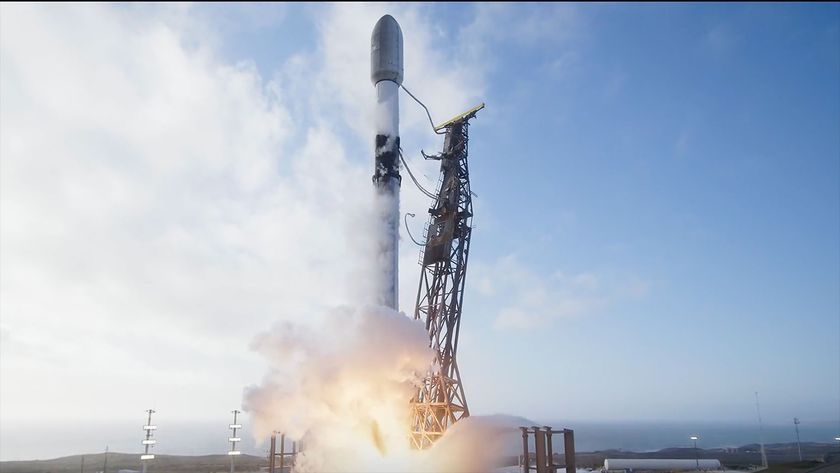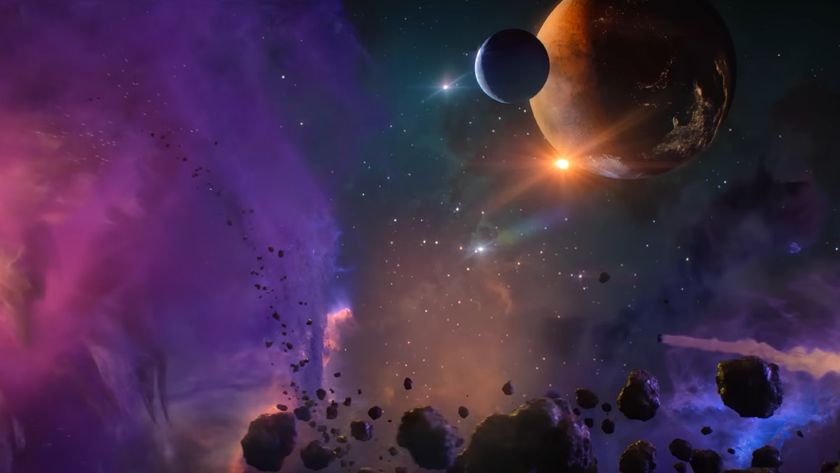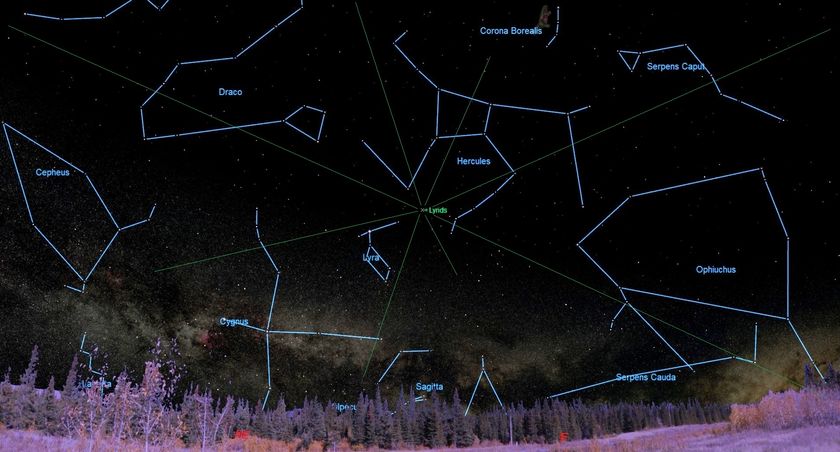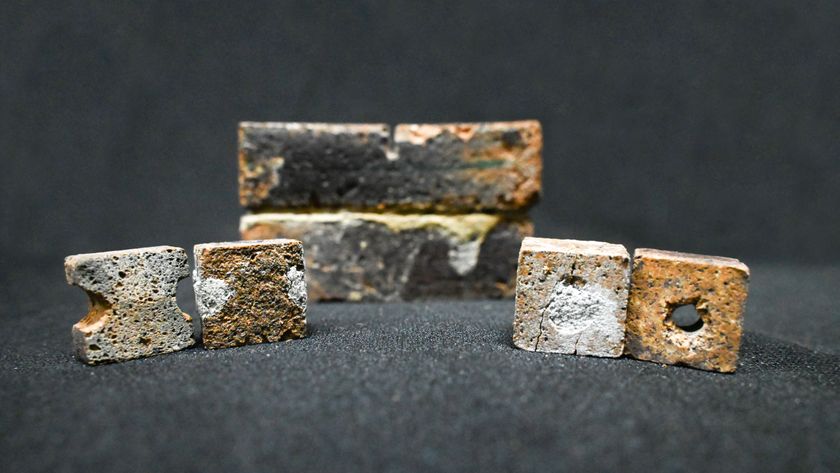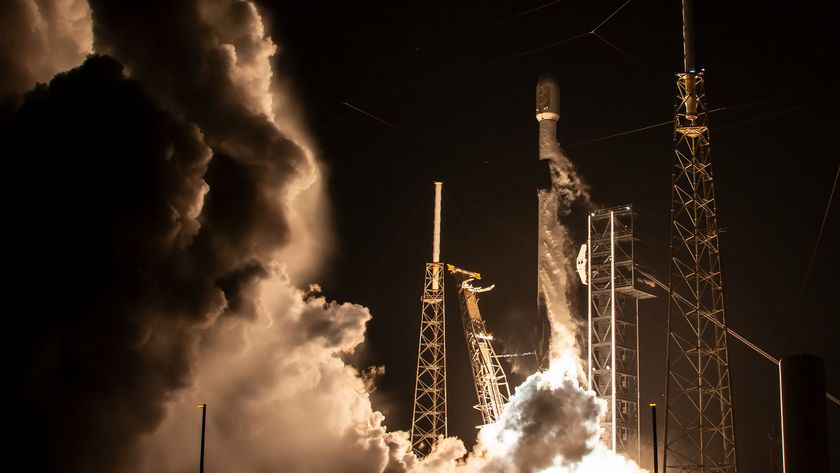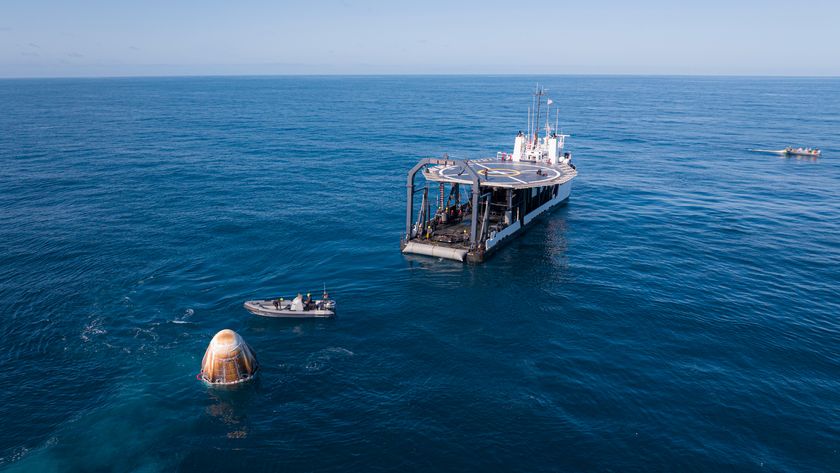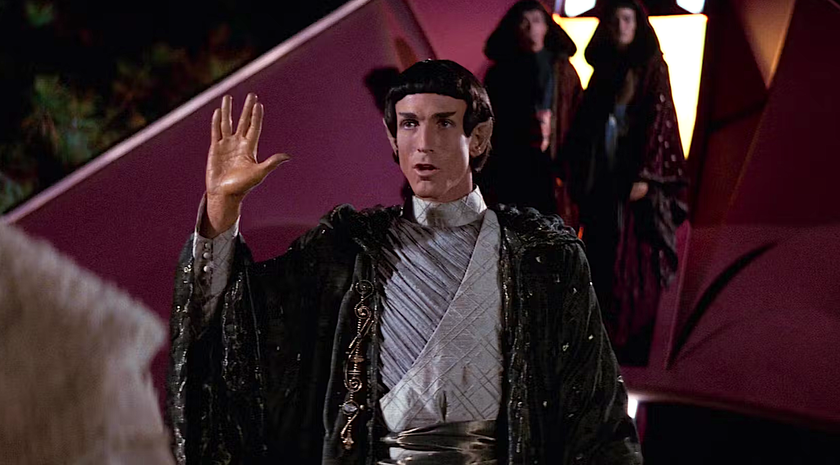NASA asteroid mission Lucy begins spacecraft assembly before 2021 launch
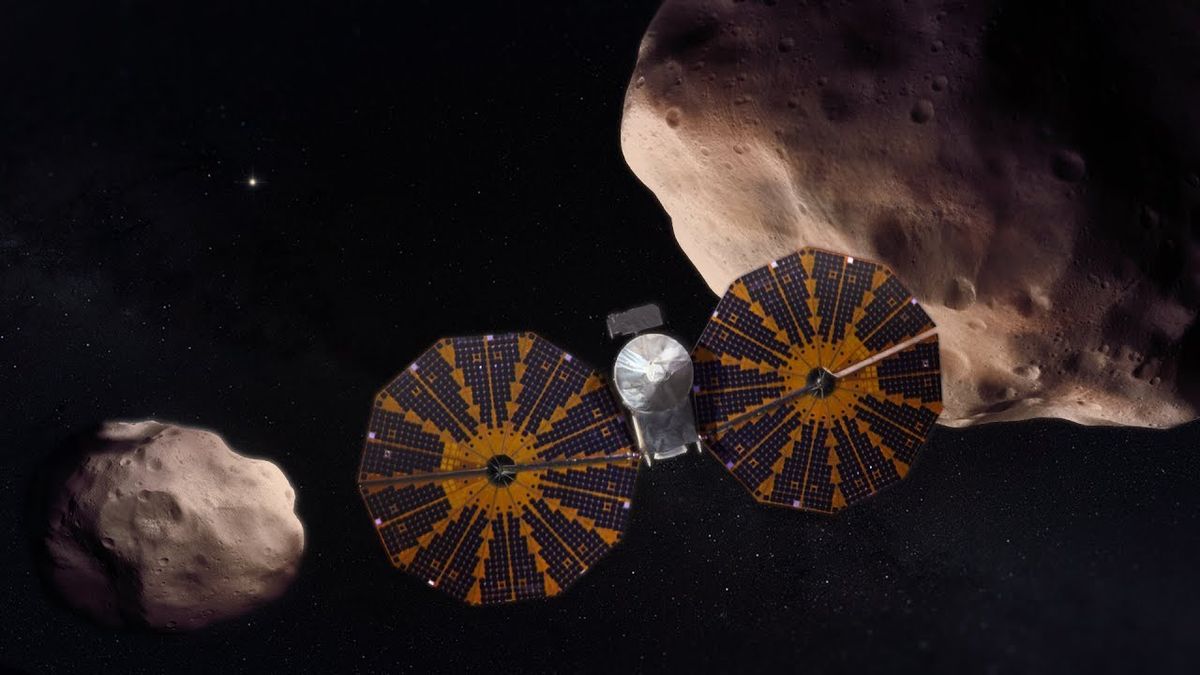
NASA's Lucy spacecraft is one step closer to getting up close and personal with a host of strange space rocks as assembly begins.
Lucy will make an ambitious journey across the asteroid belt out to Jupiter's neighborhood, studying a total of eight different space rocks over nearly a decade. But before the spacecraft can begin its trip at the launchpad, currently scheduled for October 2021, it needs to become, well, a spacecraft. And, thanks to a recent milestone permitting integration of the instruments and main vehicle, that's exactly what will happen next.
"Each phase of the mission is more exciting than the last," Hal Levison, a planetary scientist at the Southwest Research Institute in Colorado and principal investigator for the Lucy mission, said in a statement. "While, of course, Lucy still has several years and a few billion miles to go before we reach our real goal — exploring the never-before-seen Trojan asteroids — seeing this spacecraft come together is just incredible."
Related: Scientists identify tiny satellite around an asteroid NASA's Lucy spacecraft will visit
While NASA has built plenty of asteroid missions before, the agency has never visited Jupiter's Trojan asteroids, which orbit the sun in two large clusters — one behind Jupiter and one ahead of it. (Lucy will also check out a main-belt asteroid it will pass along the way.)
Scientists hope that the mission will give them up-close looks at the main types of space rocks found in Jupiter's Trojan clusters, all of which likely hide water deep below their surface. And because Trojans formed around the same time as the solar system, they serve as individual fossils that could help scientists understand how our whole neighborhood formed.
But first, Lucy needs to finish up its agenda here on Earth. By passing a standard NASA milestone dubbed Key Decision Point-D (KDP-D) recently, Lucy engineers got the greenlight to assemble and test the spacecraft and its instruments, NASA announced on Aug. 28.
Get the Space.com Newsletter
Breaking space news, the latest updates on rocket launches, skywatching events and more!
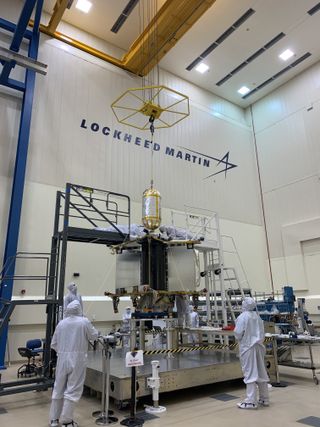
Despite the ongoing coronavirus pandemic, the spacecraft is on track to receive its instruments beginning in October, which will also see another procedural milestone called the Mission Operation Review.
By July, NASA says, the spacecraft will be ready to head to Florida for last-minute launch preparations. Lucy's launch window opens on Oct. 16, 2021, and the spacecraft will make its first asteroid flyby in April 2025.
"This team has been truly incredible," Donya Douglas-Bradshaw, Lucy's project manager at NASA's Goddard Space Flight Center in Maryland. "Building a spacecraft is never easy, but seeing the team persevere through all of the challenges that they have encountered is inspiring."
Email Meghan Bartels at mbartels@space.com or follow her on Twitter @meghanbartels. Follow us on Twitter @Spacedotcom and on Facebook.
Join our Space Forums to keep talking space on the latest missions, night sky and more! And if you have a news tip, correction or comment, let us know at: community@space.com.

Meghan is a senior writer at Space.com and has more than five years' experience as a science journalist based in New York City. She joined Space.com in July 2018, with previous writing published in outlets including Newsweek and Audubon. Meghan earned an MA in science journalism from New York University and a BA in classics from Georgetown University, and in her free time she enjoys reading and visiting museums. Follow her on Twitter at @meghanbartels.

